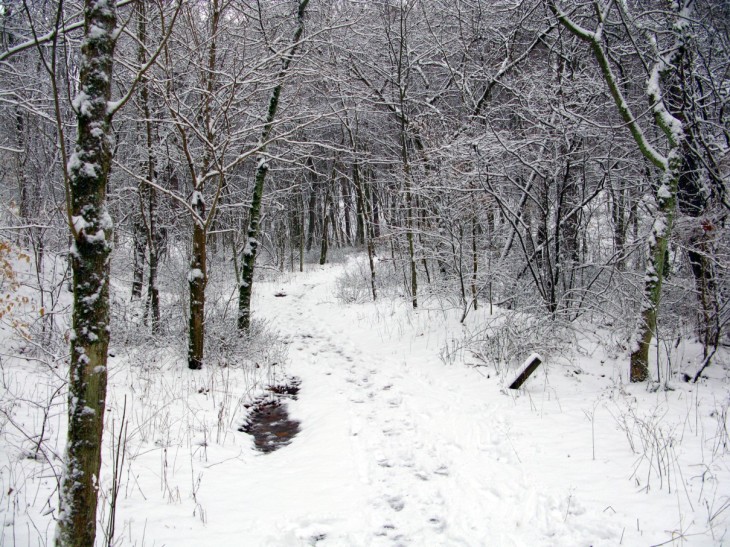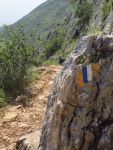Six wild turkeys emerged from the wooded shadows into a clearing, single file, variously walking on and sinking in to the foot of snow on the ground. Than another six than another dozen emerged, walking, sinking, moving slowly and circumspectly, stopping to forage among twigs branches and fallen tree trunks.
I had just finished running and walking among the same trails as these wild, ungainly birds. I knew a bit about the challenges they faced moving over uncertain and unwelcoming terrain, having sunk through the snow myself. Moving overland in the winter woods was laborious.
Today’s temperature was 20F, much warmer than last week’s low teens. But there was still a sense of accomplishment in managing the environment, wearing three layers instead of 4, one pair of gloves instead of two.
‘Manage the environment, don’t let the environment manage you’, an intrepid outdoors friend commented.
Humans have been struggling, and mostly succeeding, to manage their environment for thousands of years. And there is a satisfaction that comes with surviving frigid temperatures, avoiding hypothermia and frostbite and yet enjoying the out of doors, with its rich palette of colours, shapes and textures. It is the pleasure of matching personal agency against the challenges of the environment.
And we have largely mastered our environment, be it climbing tectonic uplifts soaring five miles into the hypoxic frigid sky, like Everest, or submerging to study thermal vents miles below the surface of the ocean, like the Marianas Trench, or, of course, the ultimate mastery by man- space exploration.
Yet assuming our personal agency always results in ‘mastery’ is a fallacy. It is a fallacy in the outdoors as witnessed by the many fatalities- Rob Lowe, dying on the cold shoulder of Everest moments after calling his wife in New Zealand to say ‘I love you’, Chris McCandless whose death by starvation trapped in the Alaskan back country was famously chronicled in the book ‘Into the Wild’, to name only two of hundreds, if not more.
And personal agency as ‘mastery’ is a fallacy in our day to day lives, as it only takes us so far. This is truest especially when faced with overwhelming challenges against which no one can prevail, not the smartest, the prettiest, not the wealthiest or the most accomplished, not the most important. No one.
In the test of man against nature, the latter always prevails. As for our personal agency, we can manage, or try to manage, our responses especially in the face of impending loss. We can take small comfort that we have, at the least, participated in the process. The winter trail will test your ability to survive the inhospitable, the uninviting, the unnatural for us warm blooded, furless mammals. And it is that mere survival that makes the successful days on the hard packed snow among the barren trees and frozen ponds so gratifying, even as it gives a fleeting, albeit false, sense of invincibility.
Howard E. Friedman
-30-







